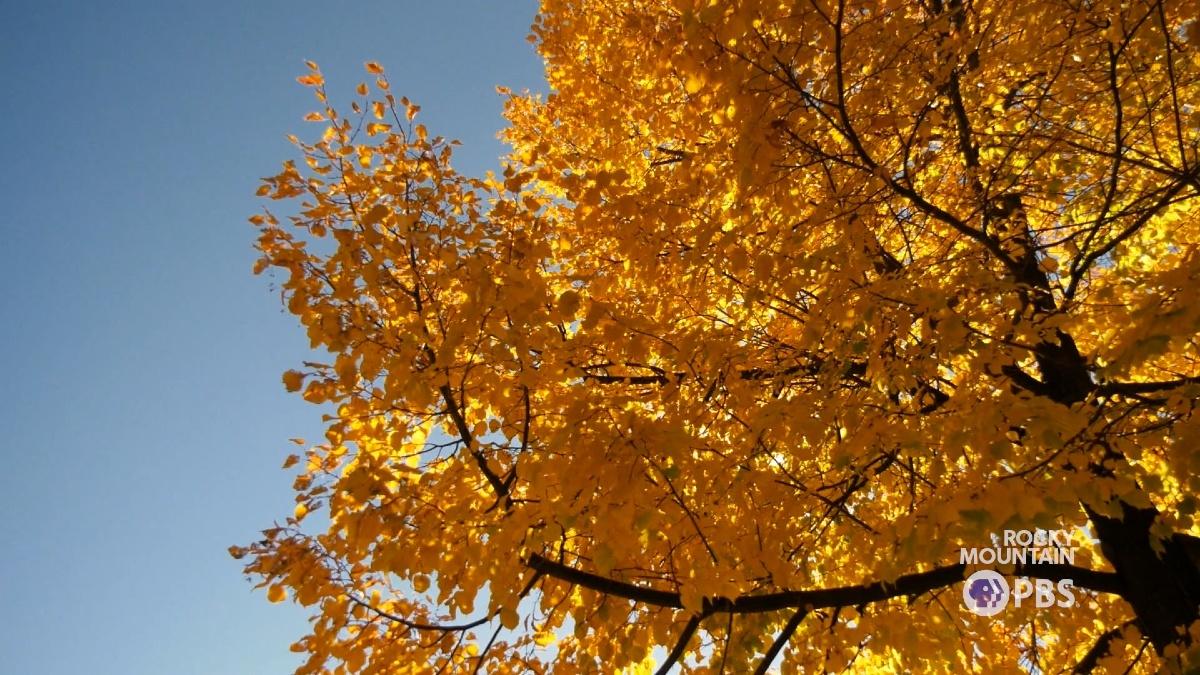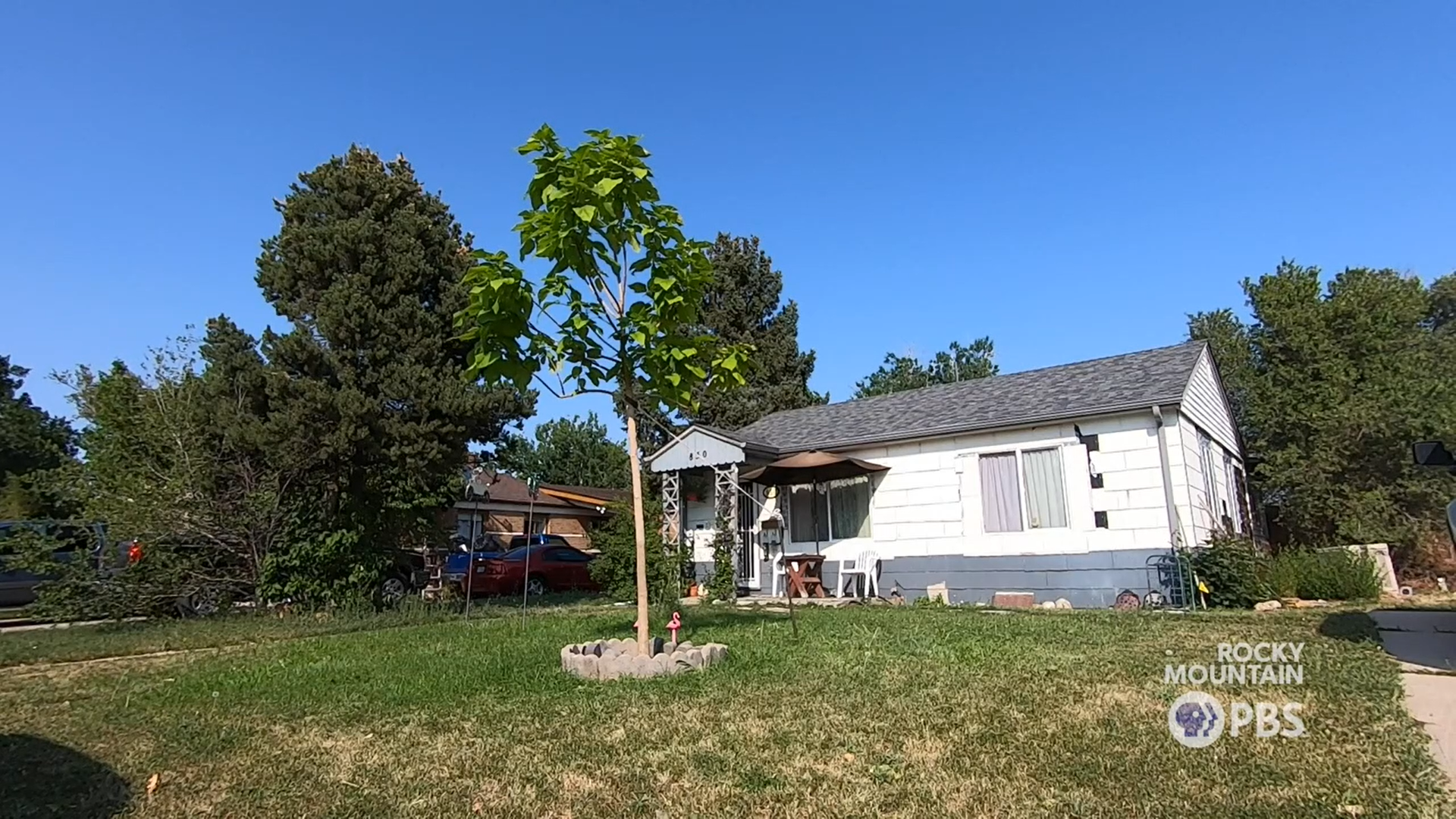DENVER — Leaf peeping, the practice of driving into nature and photographing fall foliage, has become a customary event in Colorado. Places like Highway 285 over Kenosha Pass can turn into parking lots with eager drivers on the lookout for the subject of their next Instagram post.
But this fall, people in the Denver metro area hardly had to leave their front porch to experience the majesty of autumn in Colorado. And the season was especially beautiful in contrast to the truncated autumn of 2020.
Patrick Bohin is an arborist based in Boulder. He pointed out that in 2020, the fall colors were cut short by sudden temperature changes and early snowfall. On September 5, 2020, Denver hit 100 degrees. Three days later, the city recorded an inch of snow.
“It froze the leaves and the poor trees, they didn’t even have a chance to go into fall colors,” Bohin said about the dramatic temperature swing. “The leaves just turned brown and they froze.”
In 2021, however, the conditions could hardly have been better for pretty fall colors.








